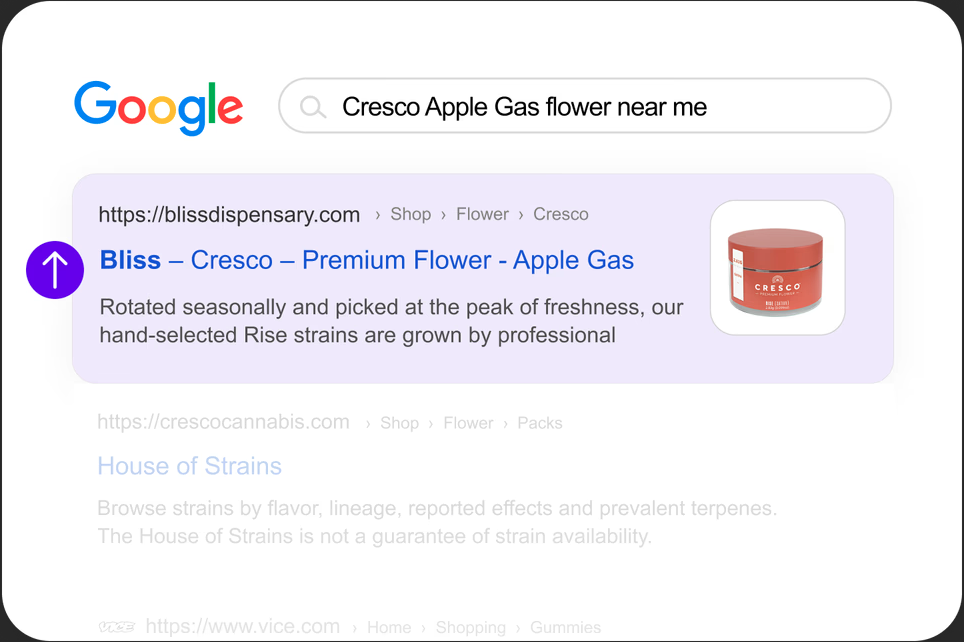As the world gets introduced to new technologies, the need for user interfaces to improve persists. One of the key components to make this possible is visual hierarchy.
Visual hierarchy is simply the concept of arranging visual principles to reveal their order of relevance. By ranking these elements, you influence users’ perception of the design and direct them to take desired actions.
For instance, if you land on a website that doesn’t have visual cues to navigate different page sections, you end up dissatisfied and leave. Bottom line? The site owner is dealing with a deficient visual hierarchy.
Visual hierarchy in design involves using principles such as scale, menu icons, balance, color, contrast, and more to establish different elements cohesively. It makes any design more pleasing to the eye while improving information.
This article will explore everything you need to know about the concept, including the arrangement and placement of elements on an image or design.
How To Create Visual Hierarchy
Creating and establishing a visual hierarchy in design might be confusing if you’re a beginner or intermediate designer. There are several styles, and it can be mentally and physically exhausting to decide.
Visual hierarchy design isn’t difficult to practice. You simply need to know the basic rules and apply them consistently as you practice. We address them below.
1. Scale or Size
One of the best ways to create a visual hierarchy is to punctuate the size of one of the elements in your design. It could be a headline, photo, illustration, or other content.
Below is a typical example of scaling/sizing for the headline ‘The Washington Post.’ You know this is a news website without peering at the other content.
Above the headline, you can spot other details such as news content on tech, the war in Ukraine, coronavirus, politics, sports, and other sections. The pictures attached to the news headlines also set the atmosphere for the website.
2. Color
Another rule to consider when creating visual hierarchy in design is to infuse colors strategically. For beginners, it is essential to create mood boards and infuse color combinations to bring cohesiveness to your design.
Take a look at the following design:
The design doesn’t only look fresh but also appears vintage. The colors on the letterings help sell the idea that old is gold. The background color creates the mood and helps the can drinks stand out. That’s a visual hierarchy in full light.
3. Negative Space
Another way you can create a visual hierarchy in web design is to arrange your elements perfectly in a negative space. Novice or beginner designers often mistake filling every negative space (whitespace) with designs.
Take a look at the design below:
Notice how the designer took advantage of the negative space in the design. It looks random but maintains asymmetry that flows throughout the web design. When creating a graphic design visual hierarchy, infuse multiple options but proper spacing for users to easily navigate the web page.
4. Alignment
Alignment is a crucial design concept in the visual hierarchy. Alignment is the process of placing an element considering the placement of other elements via the use of grid lines. One of the vital aspects of web design and development is grids.
The example below explores this perfectly.
What Can Be Used To Improve Visual Hierarchy
When creating a visual hierarchy in web design, you don’t have to rely on the basic rules highlighted in the previous section. You also need to practice and learn to improve yourself in the field.
You should deploy several considerations to improve yourself in the craft. They include:
● Purpose. You need to understand that each design is a key component in user interaction and experience. Thus, every design should have a point, and you should ascertain their importance and rank them accordingly.
● Users’ priorities. As much as you want your audience to understand your information on a design, you should not overstuff everything. Define which elements are important and showcase them.
● Style. Understand that some fonts are more appropriate for some designs and others aren’t. You should not mix them up, as it will distract your audience and turn their attention to criticism.
● UI/UX specifics. If you are working on a smaller design, ensure that your elements can be spotted right away. For larger designs, you should properly space each element to convey cohesiveness.
Visual Hierarchy Tools
When creating a visual hierarchy design, several tools to work with. While we explored some of the tools in the previous section, we go into it in detail here.
● Colors. One of the components that have a strong influence on design is color. It shapes the perception of your audience. It is divided into bold colors such as black, red, yellow, and soft colors such as cream, white, and rose gold.
● Contrast. When designing, you’d want to create differences between elements. And that is the contrast in play.
● Negative space (whitespace). This is the area between different elements in a design. Negative spaces are used to create appropriate composition in a design.
● Repetition. The act of replicating a style across different elements in a design. Designers use repetition to unify various objects.
● Size. When an element in a design is larger, more importance is placed on it from an audience perspective. Sizing your elements is the way to go if you want to grab attention.
● Proximity. This is simply the act of placing multiple elements together so that it is unified.

What is Visual Hierarchy in Web Design?
Visual hierarchy in web design is the process of arranging and presenting elements to influence your audience’s perception. When a user spots a design, they should be able to organize several elements in the design into an ordered group and make logical conclusions.
But for this to work, visual hierarchy needs to work with functionality. For instance, it fails if a website is appealing but not functional in directing users to do something.
Visual Hierarchy Advertising
Competition is rife amongst brands today. As brands compete for supremacy, you must put your best foot forward in producing the best designs and stand out.
In visual hierarchy advertising, you need to consider your goals. What are you planning to achieve with your design? This question should drive you to make a design that will be consistent with its intended purpose.
Another factor you need to consider is your audience. Are you dealing with teens, young adults, or seniors or catered to a larger audience? Your design should be able to reflect that before publishing it.
Visual Hierarchy UI
You cannot take visual hierarchy from UI. Virtual hierarchy UI comes into play in the arrangement and placement of elements on an image.
It can help structure your information architecture to help your users move around a website or product easier. Thus, it reduces the time of searching around before uncertainty builds in.
Graphic Design Visual Hierarchy
Graphic design is all about inputting information and conveying it so that your intended gets it immediately.
The average attention span of humans is 8 seconds. Graphic design visual hierarchy should be able to pass a message in an even shorter time to get the user interested in perusing an entire design.
Successful graphic designs are designs that convey intended information the right way. The visual hierarchy should reflect that.
Visual Hierarchy Examples
This section looks at some of the best examples of designs that reflect visual hierarchy.




